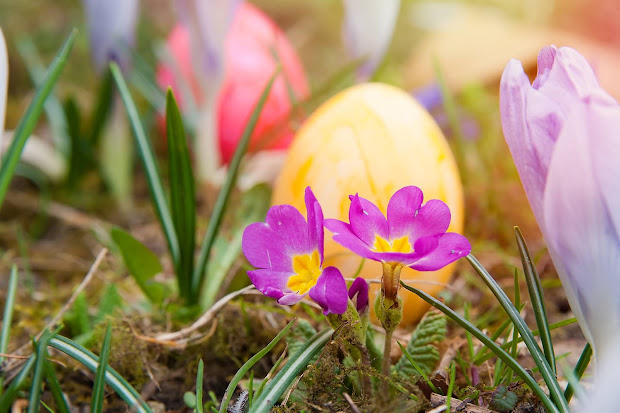France has chosen the baguette as its candidate for UNESCO cultural status! Although strings of garlic around the neck and berets are the stereotypical image of France far removed from reality, the baguette is still very much part of everyday life in France. French people consume around 10 billion baguettes every year – that’s about 320 every second! As we were stockpiling toilet paper in the UK last March, the French were squirrelling away bread! As featured in one of my previous blogs, French people do not typically snack walking around the streets except for … “the crouton” (the crust). After work, people will typically pick up their fresh bread on their way home and more often than not, “ the crouton” will be missing by the time they get home! From the age of ten, I used to walk home every lunch from school and had the responsibility of picking up the bread on my way. Nibbling the crust was my treat unless my brother got there first! Although the baguette may seem to





